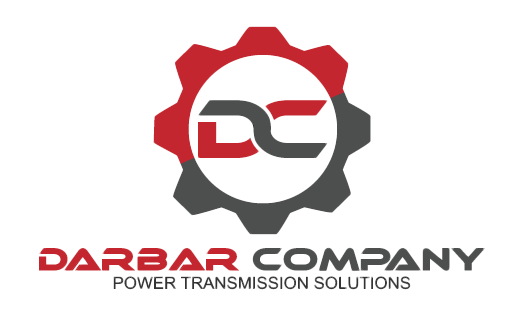Bearing Maintenance From Start to Finish (Part 2)
For any type of bearing in rotating machinery, applying best maintenance practices and using the correct enabling tools can help contribute to maximum bearing service life.
Bearings should always be properly stored, mounted, adequately lubricated when and where required, monitored, dismounted, and ultimately inspected to uncover root causes of any damage.
While particular applications will present unique factors influencing a bearing’s service life, the following maintenance-oriented guideline can substantially improve the life of bearing.
Mounting and Greasing
Because they are precision components, bearings should be handled and mounted with care using correct techniques and technologies. An estimated 16% of all premature bearing failures are caused by poor fitting, usually using brute force, and being unaware of the availability of the suitable mounting tools and methods.
The primary methods for proper mounting of a bearing are commonly referenced as “cold” or “hot,” consistent with their enabling technologies. Cold mounting, or mechanical mounting, generally is recommended for small and medium sized bearings (with outside diameters up to 4 inches); methods involving heat mounting will be appropriate for relatively larger bearings; and hydraulic techniques should be considered when mounting especially large bearings. Tools have been developed to accommodate each particular method.
In cold mounting, the misguided practice of using a standard hammer and pipe for the job has long been discredited due to the damage that can occur. This practice can cause debris to enter the bearing or, if not done properly, a pipe can slip and impact the internals of the bearing. Best practice: The use of fitting tools to eliminate harmful brute force and apply the proper force to both bearing rings to isolate the rolling elements from impact force for a more reliable installation.
Hot mounting, where the bearing is pre-heated, provides a practical solution to allow for a bearing’s expansion and subsequently easier installation, while maintaining specified interference fit after the job is completed. Induction heaters can integrate various features to help prevent bearing damage during the heating process. These solutions stand in direct contrast to less effective (and potentially dangerous) methods, including an open flame, hot oil baths, and ovens or hot plates.
For the larger sized bearings, hydraulic techniques and compatible tools and equipment deliver the goods. Hydraulic techniques allow for more control and further help to maintain precision, accuracy, and repeatability; minimize the risk of damage to bearings and shafts; require less manual effort; and promote greater operator safety.
Choosing the proper bearing lubricant will help bearings perform as long as intended. Good lubricants primarily provide a separating film between a bearing’s rolling elements, raceways, and cages to prevent metal-to-metal contact and undesired friction that otherwise would generate excessive heat that could lead to adhesive wear and subsequent metal fatigue and spalling of the bearing contact surfaces. The proper lubrication further acts to inhibit wear and corrosion and helps guard against contamination damage.
Half of all bearing failures attributed to poor lubrication are caused by selection of an inadequate grease type for the operating conditions or to mixing incompatible greases with different properties. Therefore, it is imperative for optimized bearing performance that the correct type of grease be selected to deliver the necessary base oil viscosity in the proper amount at the prevailing operating temperature.
Grease has traditionally served as the preferred lubricant for rolling bearings. The practical benefits become apparent: Grease is easy to apply, can be retained within a bearing’s housing, and offers protective sealing capabilities.
Greases are classified by their stiffness or consistency according to the U.S. National Lubricating Grease Institute (NLGI) and are graded from NLGI Class 000 (very soft) to 6 (very stiff). These classifications are based on the degree of penetration achieved when a standard cone is allowed to sink into the grease at a temperature of 25°C for a period of five seconds.
Grease composition is roughly 85% base oil (mineral or synthetic) and 15% soap or thickener and will vary from grease to grease. The base oil is the oil inside the grease, which provides the lubrication under the operating conditions. The soaps or thickeners hold the oil and/or additives together to enable the lubricating grease to function and, in some cases, may enhance the lubricant film. (The type of thickener gives the grease its typical characteristics, retaining the oil in a similar manner to a sponge retaining water.) Additives provide additional characteristics such as wear/corrosion protection and friction-reducing effects.
By varying oil viscosities, soap, and additives users can benefit from greases with distinct characteristics able to suit particular applications and operating conditions.

